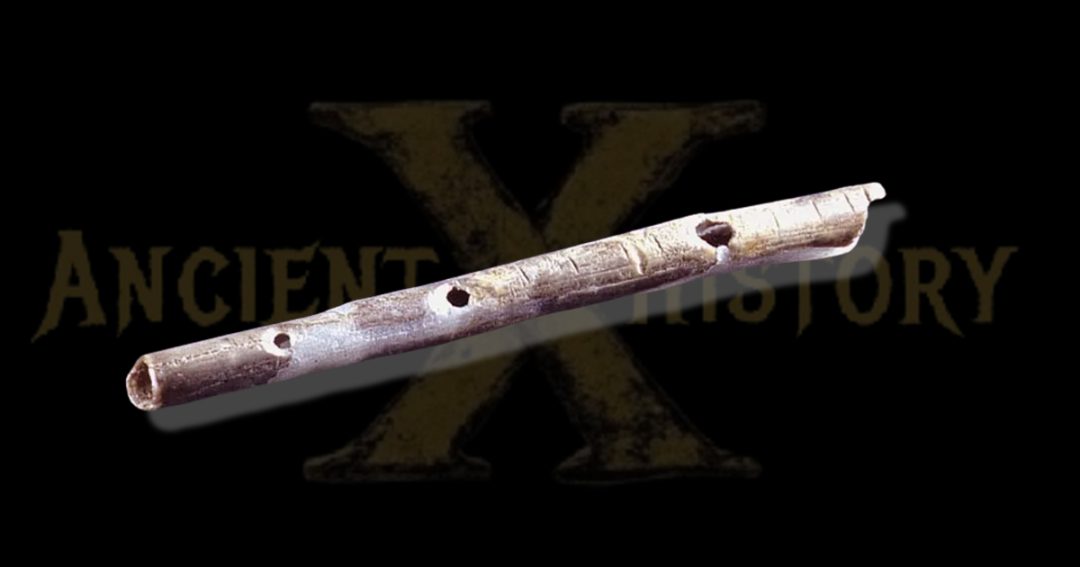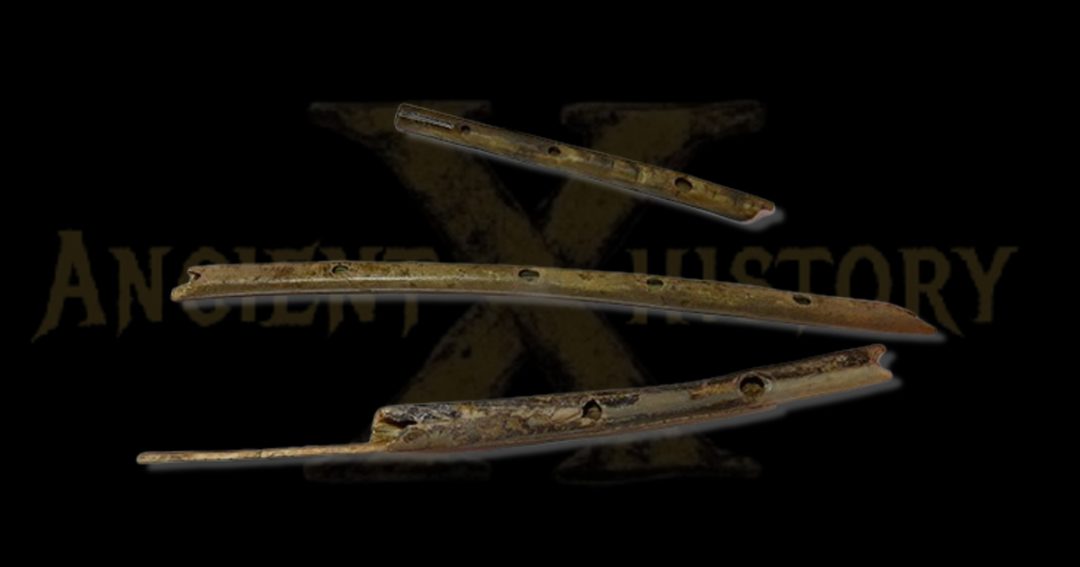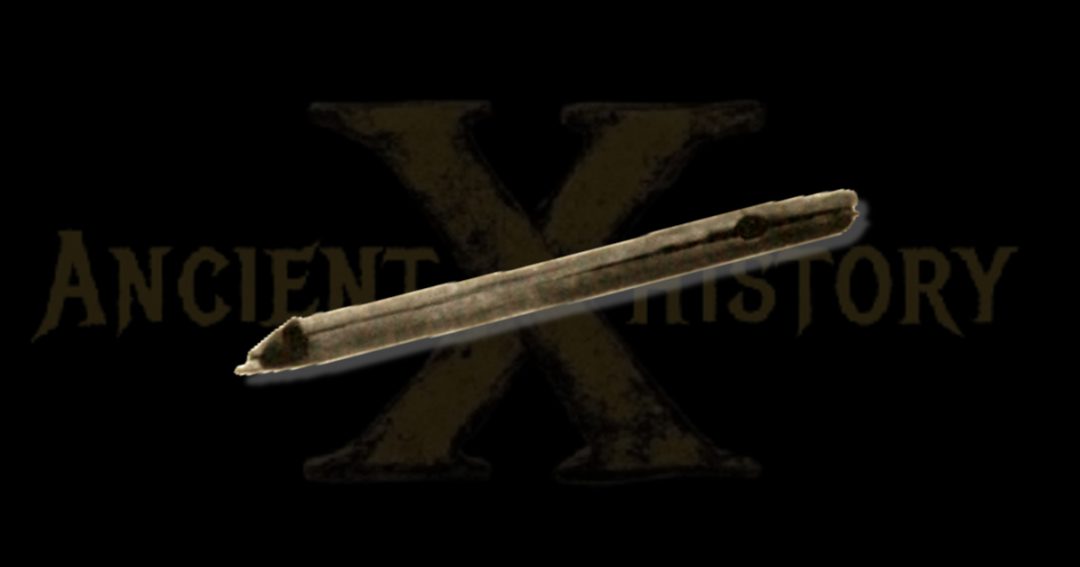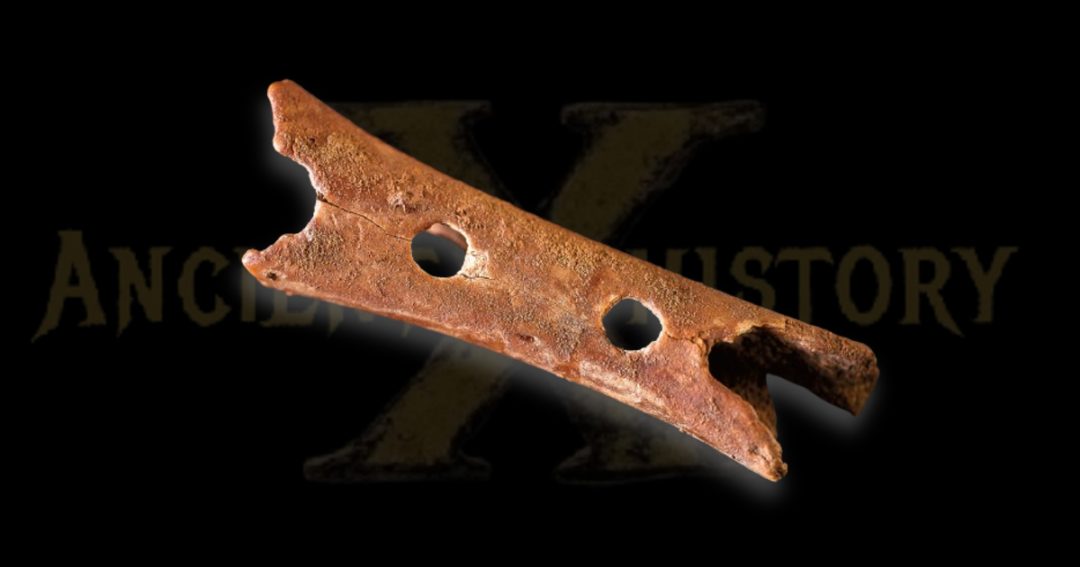The origins of music are deeply intertwined with the evolution of human culture, and one of the earliest instruments that exemplifies this connection is the flute. Archaeological evidence suggests the proliferation of flutes date back to approximately 45,000 years ago, around 43,000 BCE, marking a significant milestone in the development of musical expression. This article delves into the historical context of these ancient instruments, and their cultural implications.

Talking or Tones
The question of whether music or speech emerged first has intrigued scholars for centuries. Charles Darwin (1809–1882) and Herbert Spencer (1820–1903) were among the early thinkers who pondered this relationship, suggesting that music may have played a crucial role in social bonding and communication. This debate continues to shape our understanding of human evolution, as the ability to create and appreciate music likely contributed to the development of complex social structures and cultural identities, particularly during the Upper Paleolithic period.
Seeds of Pan

Among the earliest known musical instruments are prehistoric flutes, particularly those crafted from bone and ivory. Flutes that date to around 40,000 years ago were found in the Swabian Jura region of Germany, specifically in sites such as the Geissenklösterle and Hohle Fels caves. These archaeological sites have yielded significant evidence of these musical instruments, including fragments of flutes made from swan and vulture bones, as well as mammoth tusk ivory. They display a level of craftsmanship and care, indicative of reverence and meaning.
Many of Thousands of years later we have the Story of Pan and his flute, from Roman poet Publius Ovidius Naso, Ovid’s “Metamorphoses” (8CE) Book I, which drew on works of earlier Greek poets like Hesiod, as well as Hellenistic collections of myths. This story likely goes back ages, but this is the first written account of a deity playing a flute.

Reed flutes have been discovered in Tularosa Cave, located in New Mexico. These flutes date back to between 300 BCE and 700 CE, making them some of the earliest known examples of reed instruments in North America.

The flutes were crafted, with one end closed by a natural septum and the other end open. They featured sound holes that were carefully burned into the reed, allowing for the production of different notes.
Flute Progression
The evolution of flutes can be traced through various stages, beginning with simple instruments that produced sounds from found materials. Over time, these rudimentary tools transformed into more sophisticated designs, allowing for greater melodic complexity and expression. The transition from natural sounds to crafted instruments reflects a significant leap in cognitive and artistic development, showcasing the human capacity for creativity and innovation, particularly evident in the flutes dated to around 25,000 BCE found in the Vezere/Dordogne region of France.
Oldest on Record

Archaeological findings, such as the Divje Babe flute in Slovenia, dated to approximately 60,000 years ago (perhaps made by a Neanderthal) and the flutes from the Swabian Jura region in Germany, underscore the cultural significance of these early instruments. The Divje Babe flute, made from a bear bone, is believed to be one of the oldest musical instruments ever discovered. While the Swabian Jura flutes (40,000 years old) demonstrate a remarkable level of craftsmanship and musicality.
Closing Remarks
These finds represent what we know, they take us back to our earliest documented beginnings. But we know modern Humans go back 200-300 thousand years. Instruments as we see it today are for entertainment. Perhaps they simply were for those back then, but this Author ventures to think big, that these instruments were part of a greater connection. A connection to ancient spirits that we have lost. But you know if you listen to a fine melody played on a flute, even today, you can still here the Sirens calling you.

